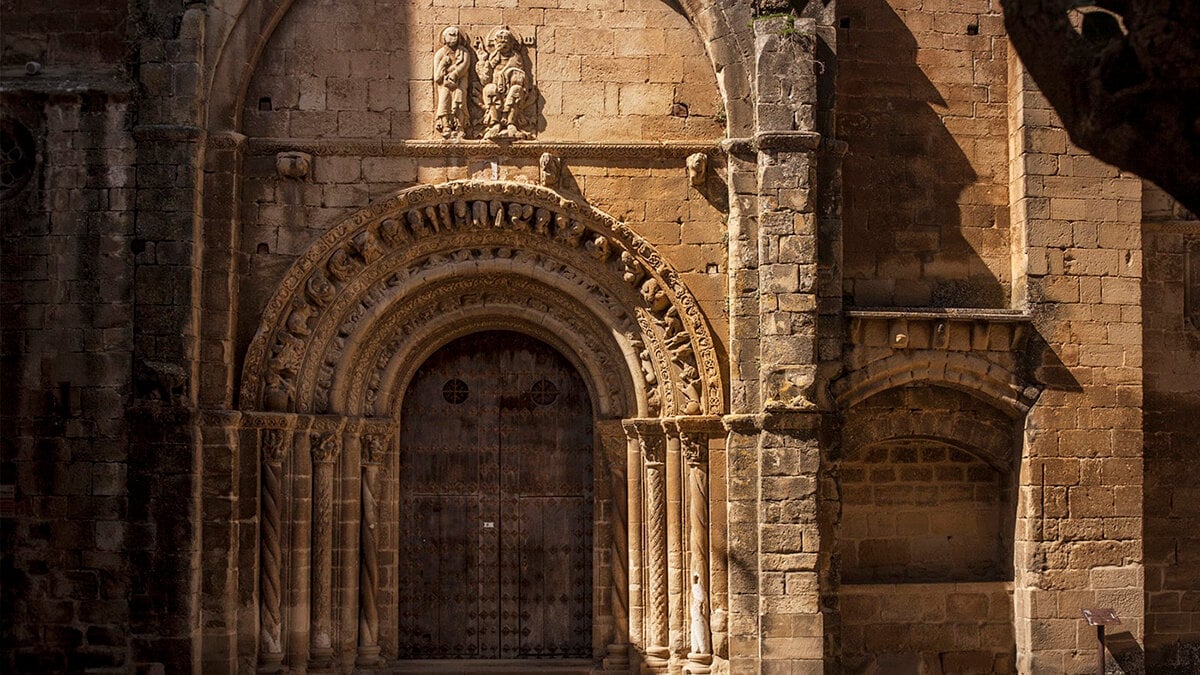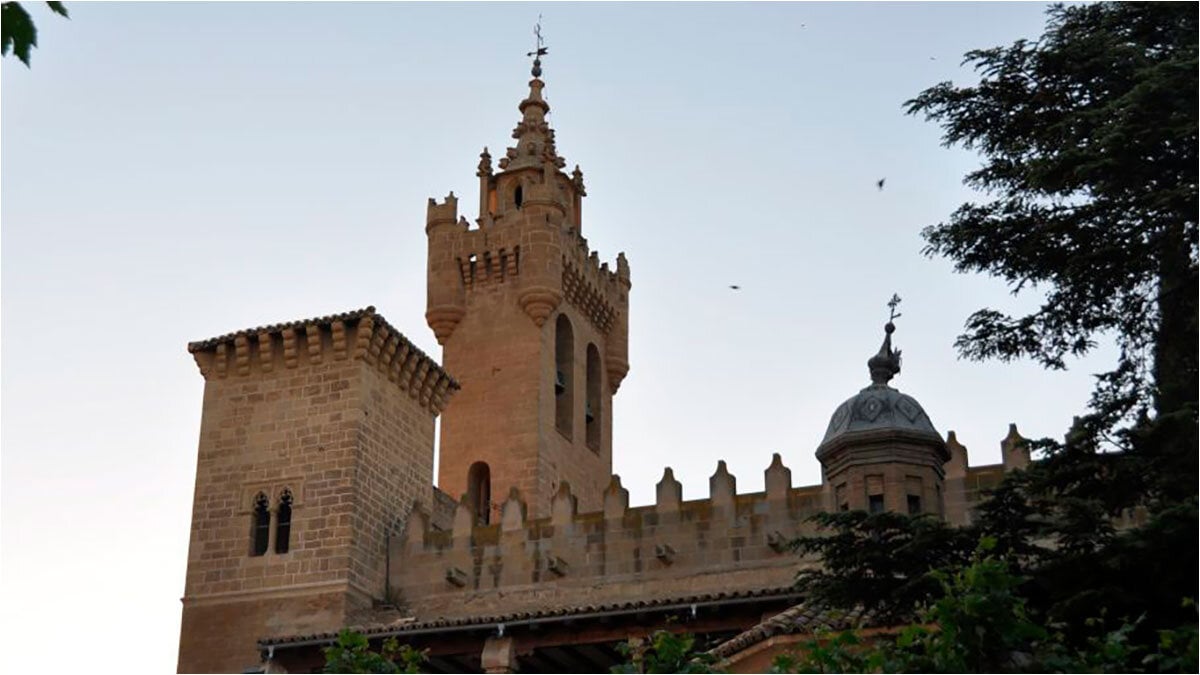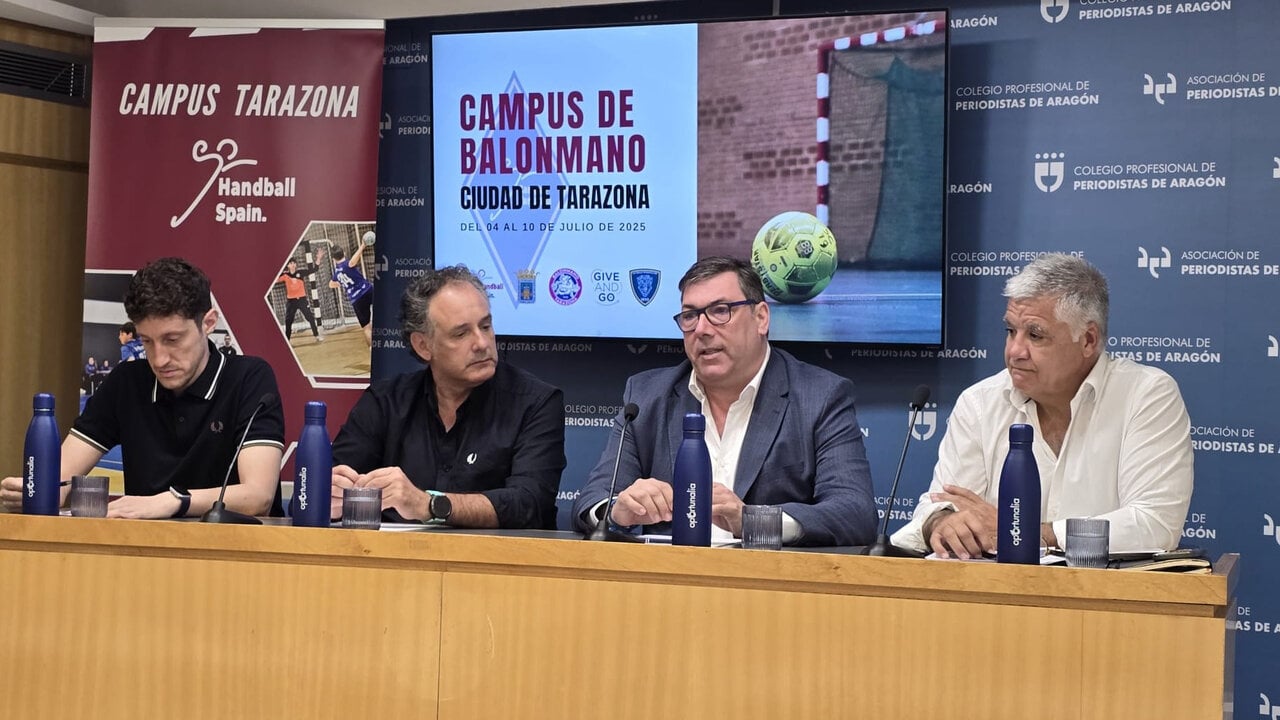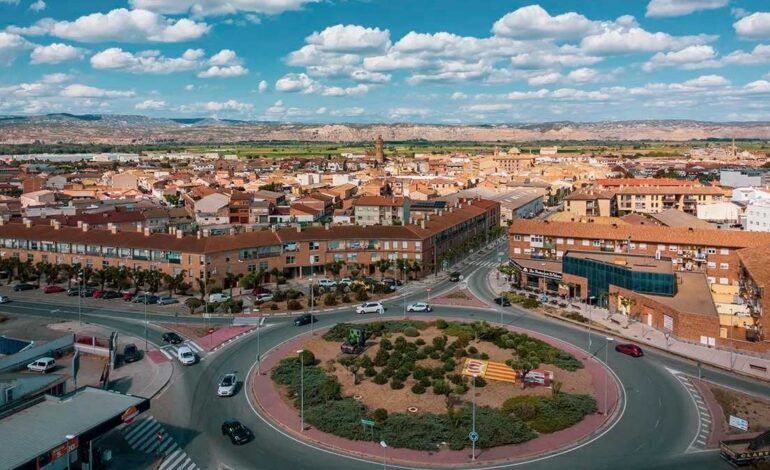
What to see in Alagón: the town of Aragon who has participated in the Grand Prix of the summer
Alagón has proven to be one of the most competitive and athlete peoples of Aragon, and therefore, it is no accident that this Zaragoza town has shone in several television competitions in recent years. First it was in “Passed by water”, the Aragon TV program where it managed to win the victory. This summer has made the jump nationwide as it is one of the ten chosen municipalities of all Spain to participate in the Grand Prix of the summer.
The mythical 1st contest has returned more force than ever and Alagón has known how to live up to it. In its duel against San Sebastián de la Gomera on Monday, the Alagonero team not only competes for the 30,000 euros of the award, but also proudly represents all Aragon against millions of spectators.
If after knowing your enthusiasm, energy and sense of humor you want to discover the place where that alagonese character arises, here we leave you everything you can see and do in ALAGÓN, the people of Aragon that has left their mark on the Grand Prix of the summer.
What to see and do in Alagón, the town of Zaragoza who participates in the Grand Prix
Goya’s hidden fresco on a ladder
Church of San Pedro and his Mudejar Tower
Ermita de la Virgen del Castillo
Natural walk through the El Caracol place
How to get to Alagón
What to see and do in Alagón, the town of Zaragoza who participates in the Grand Prix
Alagón is an Aragonese municipality with its own identity, history, and a privileged location only 25 kilometers from Saragossa. It is part of the metropolitan area of the capital and exercises as the head of the region of the Ribera Alta del Ebro, which makes it a reference for the entire area. With 7,450 inhabitants according to the INE of 2024, this dynamic urban core – whose neighbors receive the gentilicio of Alagraoners – rises on a soft hill between the Ebro and Jalón rivers, which has allowed it to develop in the shelter of the river floods and surrounded by fertile vegas of irrigation.
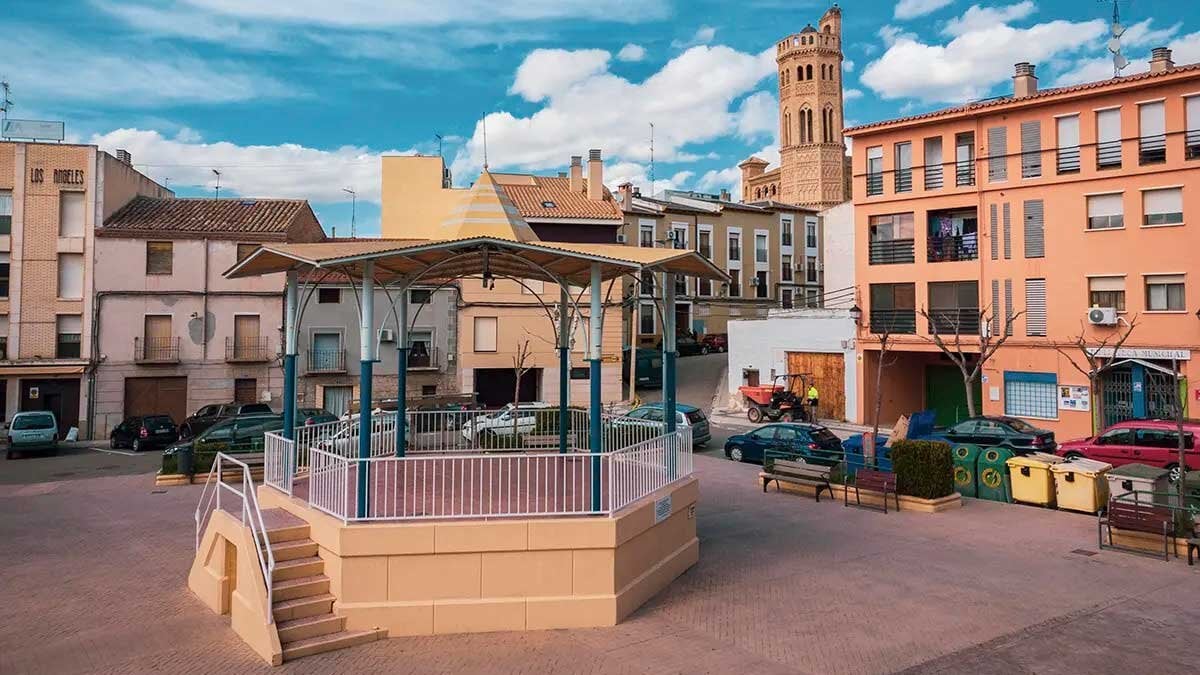
Alagón has 7,450 inhabitants. Photo: Plaza Delectiga, Alagón City Council
Its municipality is crossed by important communication channels such as the AP-68 highway, the A-68 highway and the A-126 Autonomous Highway, which easily connect it with Zaragoza, Tauste and other neighboring towns. While on the left bank of the Ebro highlights the Montes of El Castellar with vegetation adapted to the drought, the urban area is located 235 meters of altitude and retains an interesting heritage that combines Mudejar legacy, natural landscapes and an intense cultural life.
Goya’s hidden fresco on a ladder
Although Francisco de Goya is mainly linked to Fuendetodos and Zaragoza, he also left his mark in the town of Alagón, head of the Ebro Ribera.
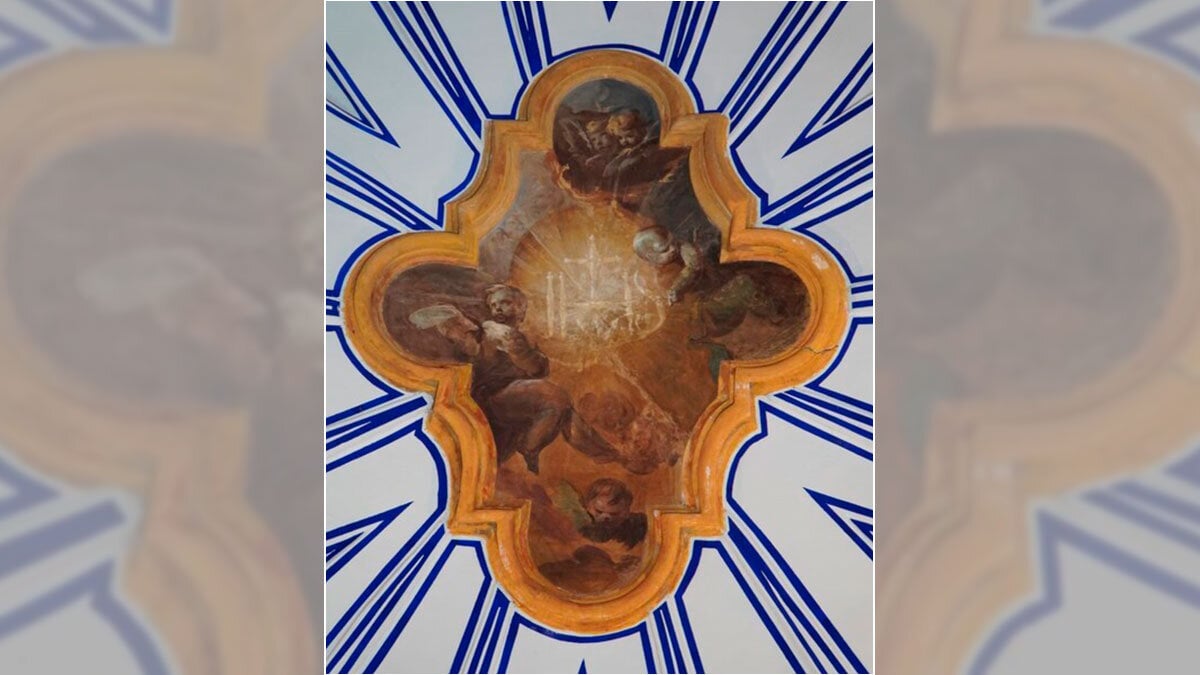
Exaltation of the name of Jesus. Photo: Goya Foundation in Aragon
Painted around 1765, the fresco is located on the inside staircase of the building and can only be visited by guided appointment managed by the Tourism Office. On the ground floor, in addition, you can travel the Spanish-Mexican contemporary museum, which houses more than 100 pieces of artists from both countries. Admission is free.
Church of San Pedro and his Mudejar Tower
The most emblematic building of the Historic District of Alagón is the parish church of San Pedro, built on the remains of an old mosque. Its spectacular Mudejar octagonal tower retains the base of the original Muslim mine, and its brick decoration with geometric motifs follows the principles of Mudejar Aragonese art, recognized as a World Heritage for UNESCO.
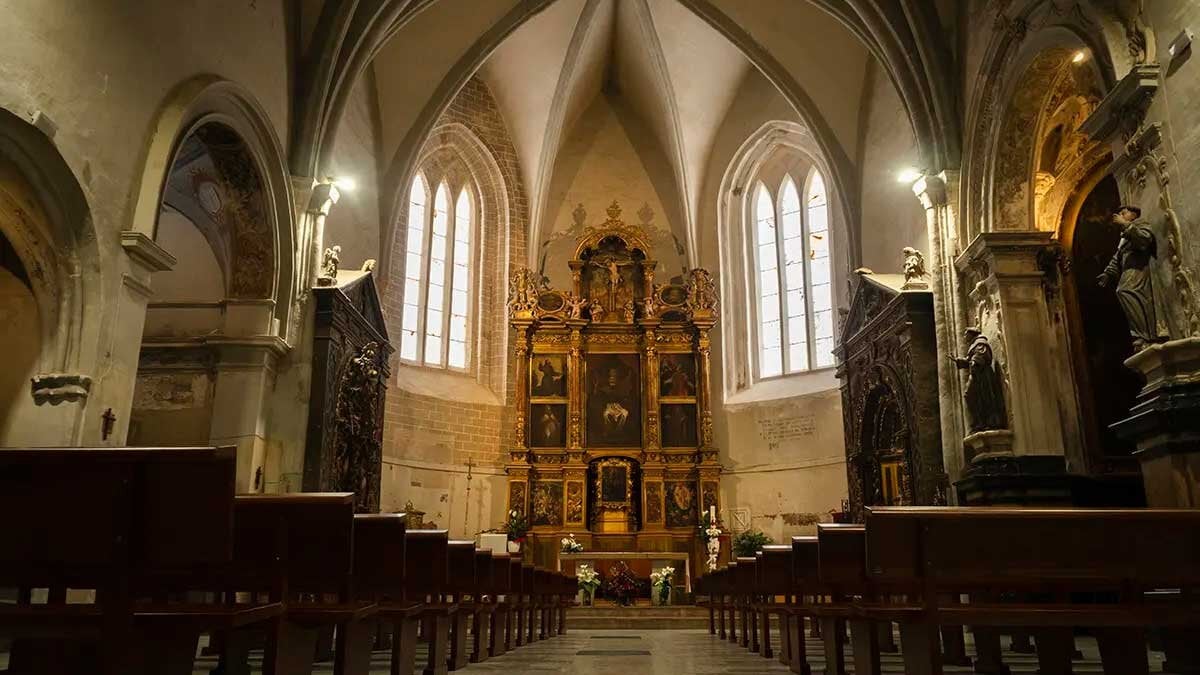
The most emblematic building of the Historic District of Alagón is the Parish Church of San Pedro. Photo: Alagón City Council
Access to the interior is free. To visit the tower and meet its history, the ideal is to reserve a guided tour. It is one of the best examples of how religious architecture in Aragon retains traces of the Islamic and Christian past in perfect harmony.
Ermita de la Virgen del Castillo
Located in an elevated area with a view to the town center, the hermitage of the Virgen del Castillo is one of the most beloved corners by the neighbors of Alagón. Although it only opens on indicated dates and during guided tours, its natural environment can be enjoyed at any time of the year.
The hermitage is part of the tourist tour of the municipality and stands out for its sober style and its connection with the popular religious tradition. It is a highly recommended place for those who enjoy photography, quiet walks and contact with Aragonese rural heritage.
Natural walk through the El Caracol place
Less than 3 kilometers from the urban center is one of the most unique spaces of the municipality: the natural place of El Caracol, at the confluence of the Jalón River with the Imperial Canal of Aragon. It is an ideal environment to walk, do picnic or spend the day as a family.
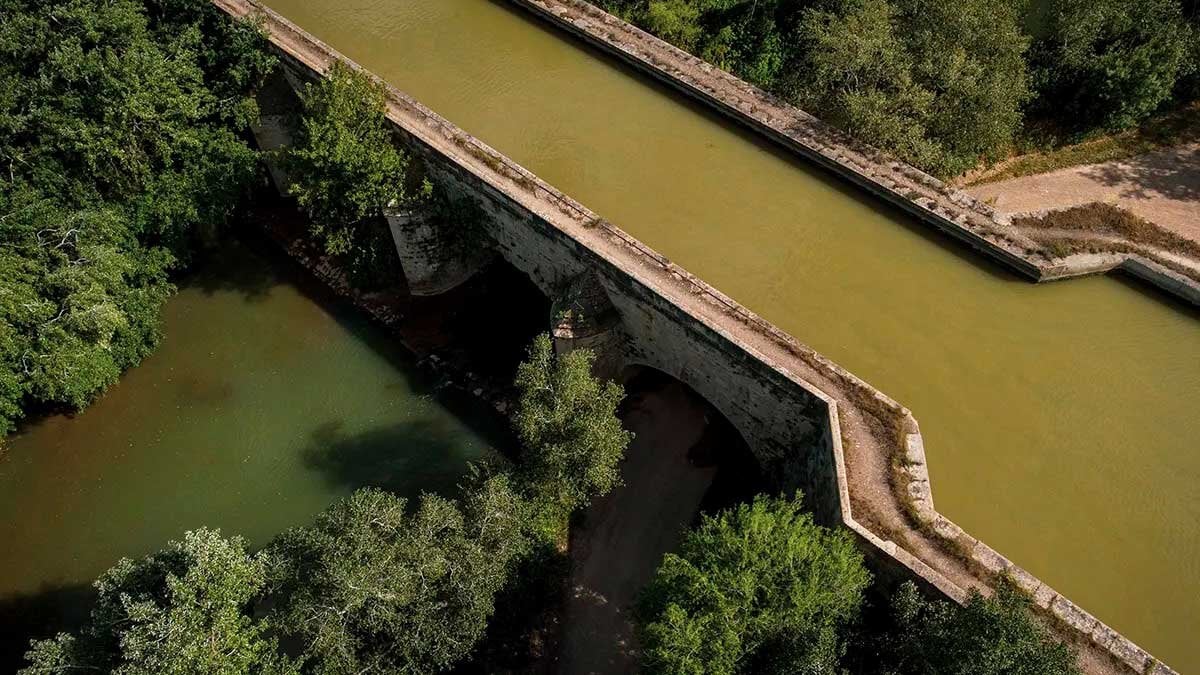
Less than 3 kilometers from the urban center is one of the most unique spaces of the municipality: the natural place of El Caracol. Photo: Alagón City Council
There you can see an aqueduct of the 18th century, green areas with shadow, banks, picnings and trails. The snail is one of those places where nature and historical engineering shake hands, perfect to combine rest, landscape and a piece of Aragonese hydraulic history.
How to get to Alagón
From Zaragoza, Alagón is just 25 kilometers, allowing to arrive in less than 20 minutes for the A-68. There are also nearby trains (C-1 and C-2) that connect with the Delicias station in just 25 minutes, as well as regular bus lines.
From Huesca, the fastest option is to take the A-23 to Zaragoza and continue on the A-68. The route lasts about an hour by car. In public transport, it is necessary to go through Zaragoza and take train or bus to Alagón.
From Teruel, the road trip lasts approximately 1 hour and 50 minutes, following the A-23 to Zaragoza and from there for the A-68. It is also possible to go by public transport, making transford in Zaragoza.




